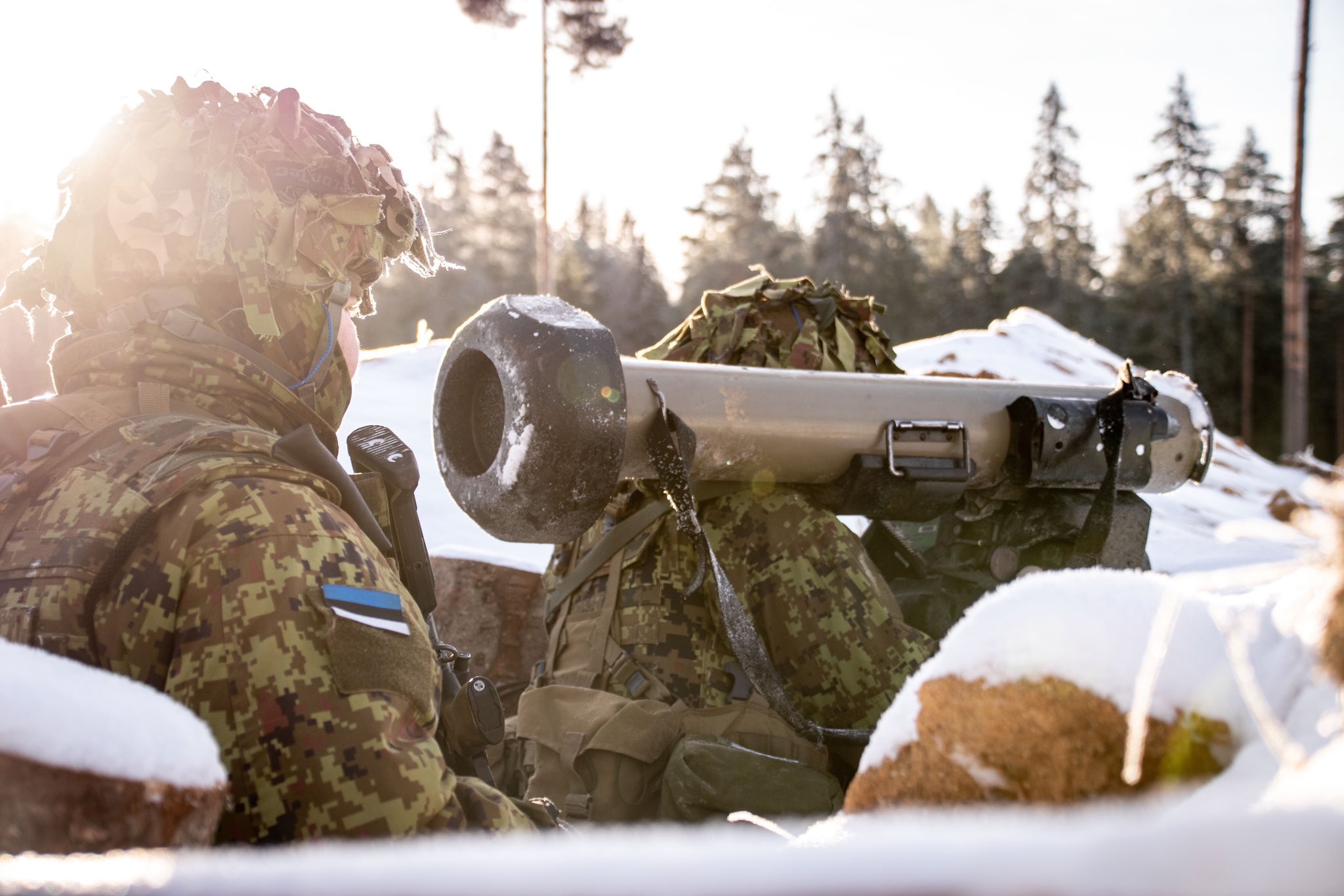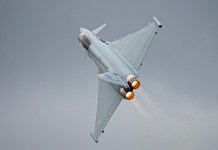British military trainers have revealed that the Ukrainian Armed Forces have been wasting NATO weaponry and resources by using Soviet-style military tactics over the NATO military tactics taught to them. This could ignite a fresh controversy between Ukraine and its NATO allies.
Citing unidentified British defense sources, The Sunday Telegraph reported that Ukrainian troops have been squandering expensive Western weapons by combining them with Soviet military tactics, which rely on mass cheap firepower, as opposed to the NATO tactics that involve using expensive, state-of-the-art weapons systems for precision strikes.
Nearly all former Soviet Union states have used these Soviet-era tactics for generations. Russia has also extensively employed these tactics in the ongoing war, in addition to using precision munitions.
Citing an example of Ukraine’s reluctance to adopt the NATO-style of warfighting, a British soldier informed The Sunday Telegraph that Ukraine used Next Generation Light Anti-tank Weapon (NLAW)—a one-time-use anti-tank missile that costs about £20,000 (US$21,000) per unit—as if it were using RPG, a cheap Russian rocket-propelled grenade launcher that typically costs just US$1000 per firing.
The NLAW had earlier been positioned as a game-changer and an annihilator of Russian tanks. Western analysts attributed the high rate of Russian tank kills to anti-tank weapons supplied to Ukraine, including the NLAW, which is designed to explode as its missile passes over the relatively exposed turret top of tanks.

In contrast, the RPG-7 is a shoulder-fired, reusable launcher that has been used by militaries, as well as non-state actors like militants and terrorist organizations across the world. For instance, these cheap weapons have been known to be used by the Afghanistan-based Taliban and by militant outfits in Iraq and Somalia, to name a few. In fact, Ukraine has also employed the RPG-7 in combat against Russia.
An RPG-7 is very cheap to manufacture and perfectly aligns with the Soviet military strategy of manufacturing cheap weapons in very large quantities that “NATO cannot match, as the alliance produces smaller amounts of hi-tech weapons designed for combined arms, maneuver warfare tactics.”
According to the source cited by the UK-based publication, Ukrainians were instructed to share videos of the weapon (NLAW) being handled properly. However, the footage that was sent to the UK showed Kyiv’s forces firing five or six NLAWs against Russian positions simultaneously, each salvo costing upwards of US$100,000 in ammunition. While NLAW has been a relatively cheaper weapon used in the ongoing Ukraine war, its cost is nonetheless significantly higher than Soviet-origin cheap firepower.
Notably, while Ukraine has accepted weapons from NATO countries, it has not completely accepted the NATO battle tactics, leading to the wastage of high-tech weaponry and munitions. NATO uses the combined arms strategy, which essentially means an offensive with coordinated artillery, armor, and air support, extremely precise weapons, and reliable communications.
This is in contrast to the Soviet tactic, which calls for human-wave attacks using infantrymen armed with inexpensive weapons moving forward to deploy large amounts of artillery to attack the defenders.
In what appears to be its continued reliance on age-old Soviet military tactics, Ukraine has called for increased supplies of inexpensive weapons from its partners in NATO, forcing the alliance members to request former Warsaw Pact nations like Bulgaria for their outdated Soviet weaponry.
Moreover, Ukraine has produced a large number of one-way attack and First Person View (FPV) drones that have been deployed to carry out attacks on high-value Russian tanks. For example, cheap Ukrainian FPVs have obliterated several expensive Russian main battle tanks (MBTs) and struck ammunition storage inside the country, dealing a heavy blow to Russian forces. This could be considered a somewhat more technologically advanced adaptation of the Soviet-style military tactic.
That said, the latest Telegraph report comes when US President Donald Trump has indicated that he will start talks with Russia to end the grinding war. The decision has been lambasted by NATO allies like the UK, who have reaffirmed their support for Ukraine’s security.
Notably, the report quoted its sources as saying that there has never been enough time to teach Ukrainians modern NATO tactics. The training given to Ukrainian forces was akin to shortened courses for British reservists that condensed months of training into two-week packages.
Additionally, it has been alleged that Ukrainian troops frequently resisted implementing NATO strategy, claiming it was not suited for the local environment.
Ukrainian Troops Rejected NATO Tactics
For at least the last two years, Ukraine has faced criticism from Western military authorities who blame Kyiv for not adhering to the combined combat techniques that NATO instructors taught them.
A Bundeswehr battlefield assessment, which was leaked in 2023, bemoaned the Ukrainian military’s failure to implement NATO training and chastised commanders for dividing their Western-trained brigades into small units of only 10 to 30 soldiers to attack enemy positions.
The mismatch in what the Ukrainians are trained for and what they do on the battlefield has led to heated exchanges between the NATO instructors and Ukrainian troops. In one instance, the British Army trainers in Ukraine reached for their sidearms due to the threat of violence.
American instructors training Ukrainian fighter pilots to fly the F-16 Fighting Falcon said that some Ukrainian pilots, particularly those from the initial group, were resistant to Western training methods. These pilots had experience flying Soviet-era MiG fighter jets and had recently returned from active combat. Their reluctance led to significant friction with the instructors.
On their part, Ukrainian troops allege that these NATO tactics do not work for a country fighting Russia. The soldiers with the 32nd Separate Mechanized Brigade, who previously spoke with the Kyiv Independent, said the brigade was only given three weeks of NATO training in Germany, and although they were appreciative of some of the Western equipment and practice, they expressed dissatisfaction that NATO officers were unaware of the harsh realities of fighting in Ukraine.
“A NATO infantryman knows he’s supported and can advance with the confidence that there’s a high likelihood that he won’t be killed or maimed,” one soldier told the publication.
Ukrainian commanders have often maintained that without the modern warplanes, long-range missiles, and demining equipment they requested, Ukraine’s military has had to fight very differently from what standard NATO doctrine requires. They stressed that NATO training did not account for the extent to which small units would have to fight through dense forest lines since they were unfamiliar with the terrain.
NATO, however, has a conundrum in front of it as its resources continue to bleed in the Ukrainian war zone.
- Contact the author at sakshi.tiwari9555 (at) gmail.com
- Follow EurAsian Times on Google News




